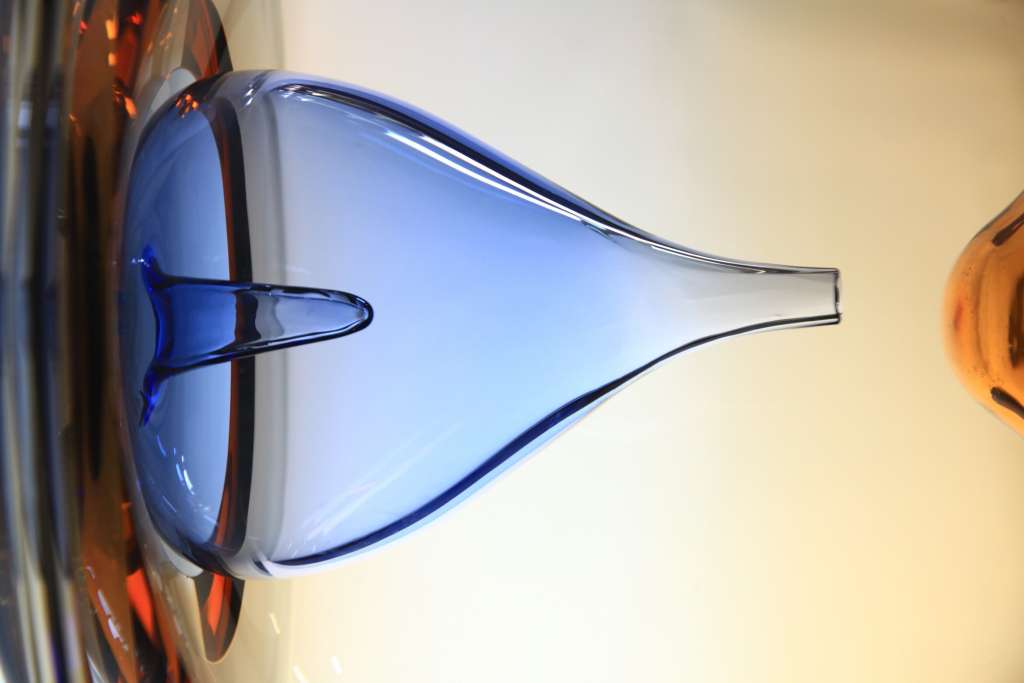Glass is Tomorrow: Nuutajarvi
— February, 15 2016

September 2011
Designers: Alfredo Häberli, Lucie Koldova, Cecilie Manz, Rony Plesl, Tadeáš Podracký, Hubert Verstraeten, Heikki Viinikainen, Dan Yeffet
Glassblowers: Antoine Brodin, Róisín de Buitléar, Matteo Gonet, S
ara Hulkkonen, Iittala Blowers, Rea Moisio, Jeremy
Wintrebert
Partners: Iittala
The Iittala village is home to Finland’s largest in dependent communities of glass designers
and glassblowers – featuring its own hot-shops, studios and galleries. The oldest glass factory on site still produces the iconic Oiva Toikka Glass Bird. For over 200 years, glassblowing has been at the centre of this small community, using handcrafted manufacturing processes. A characteristic that has garnered the compound the status of Environment of National Importance by the National Board of Antiquities. The decorated village was designed in the mid-19th century by G.Th. Chiewitz, the most famous architect of his time. The same original buildings are still in use. Maintained by Helsinki’s Designmuseo, a glass factory museum is house in a former brewery – converted in 1950s by Arabia and Iitala art director Kaj Franck, known for the Kartio glassware collection.
The term stack-ability first appeared in the 1960s, when the evolution furniture and domestic design began to offer new space-saving options. For this workshop, Glass is Tomorrow explored the notion through multiple applications: utilitarian-oriented glass tableware stacked like chairs, glass products that are easily stored and transportable and the efficiency of production by stacking different element on top of each other – shape, function or colour add-ons.
